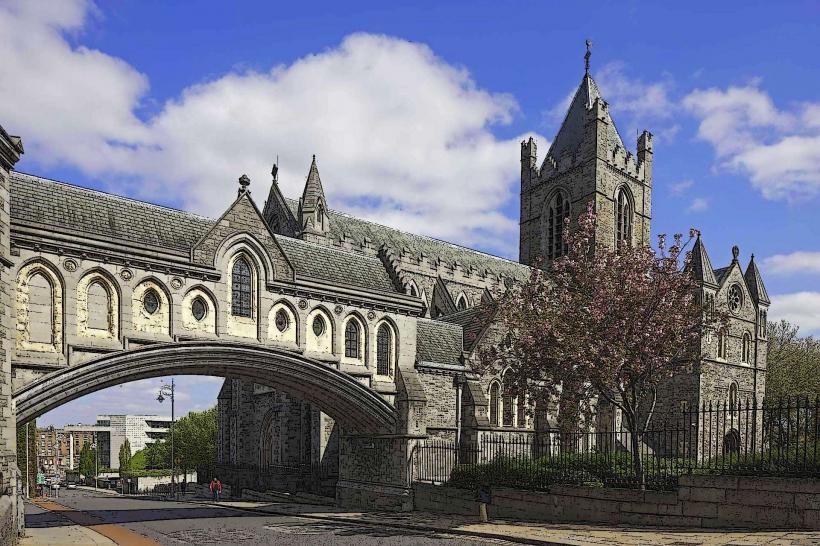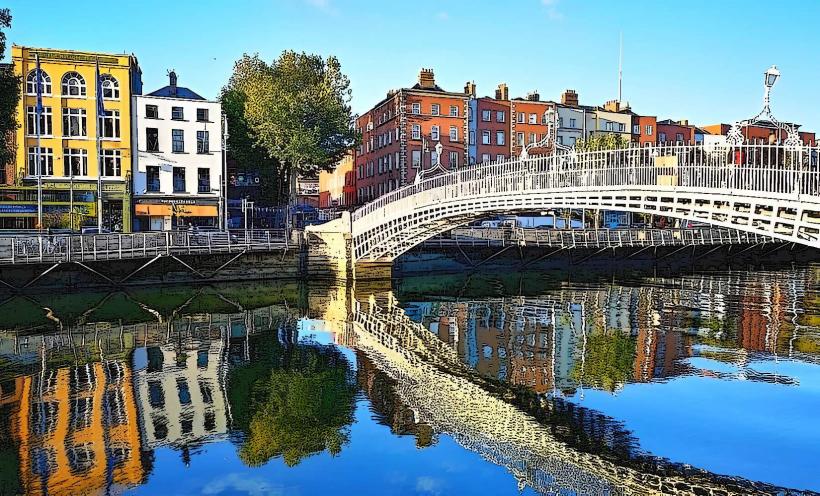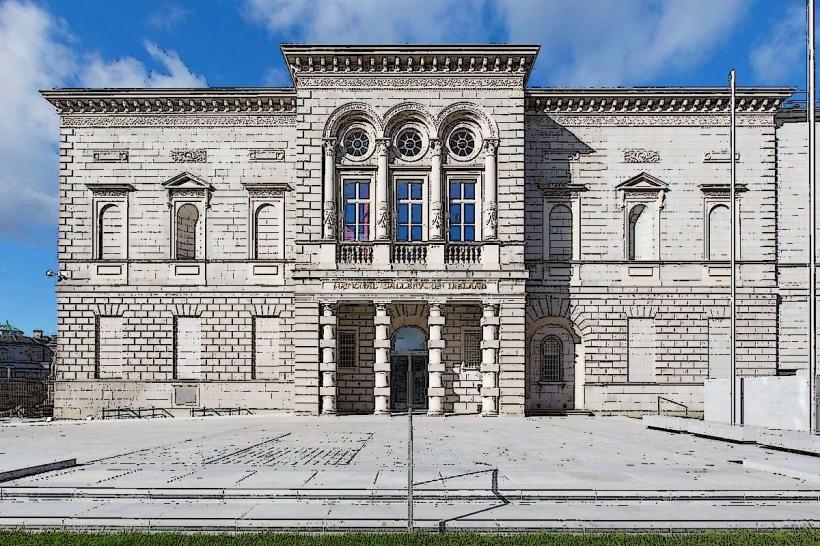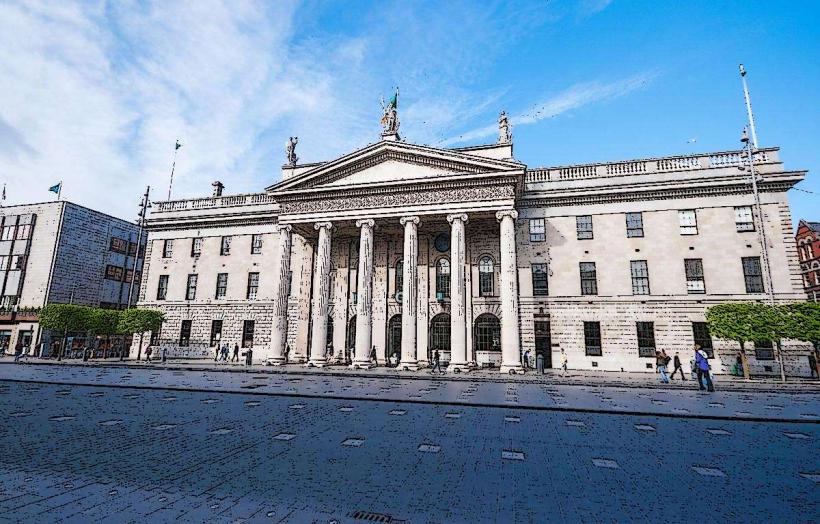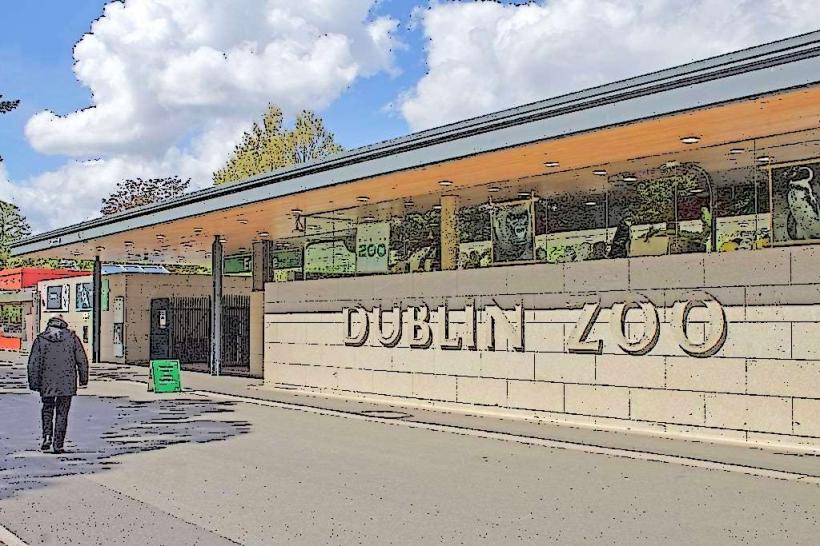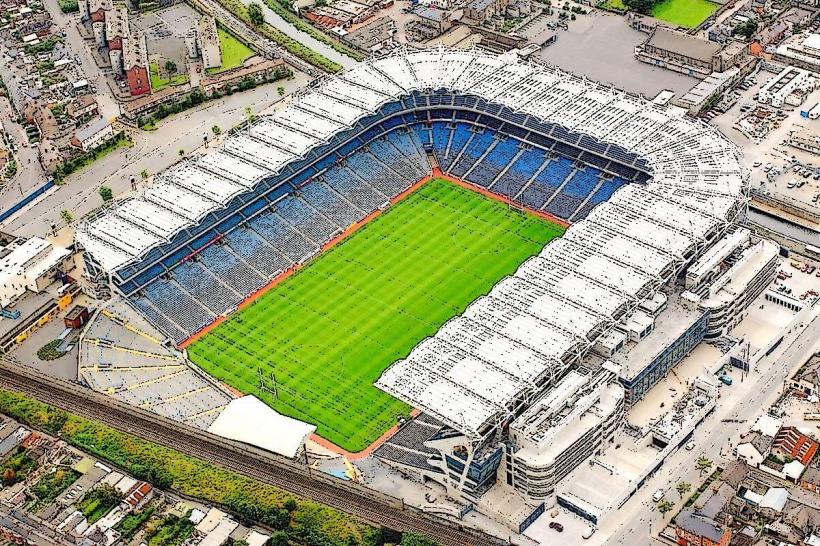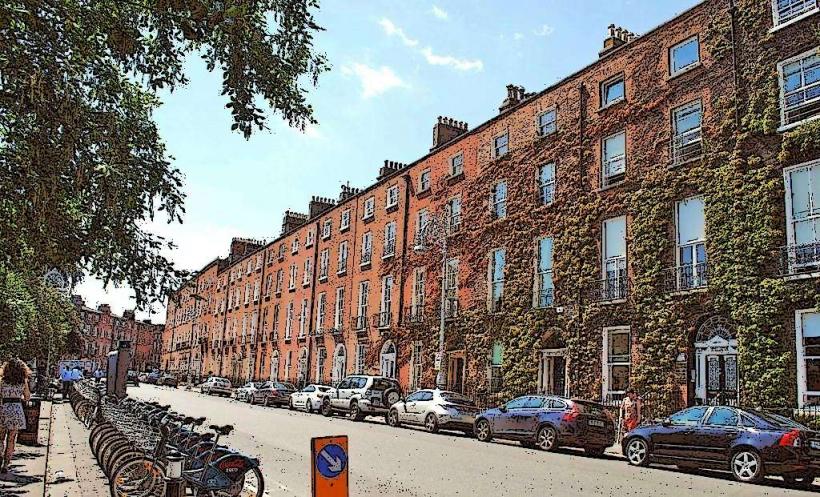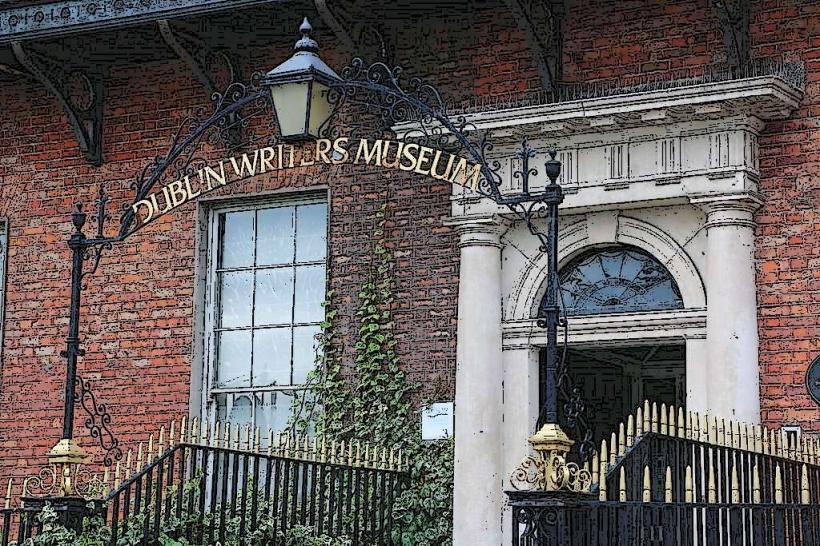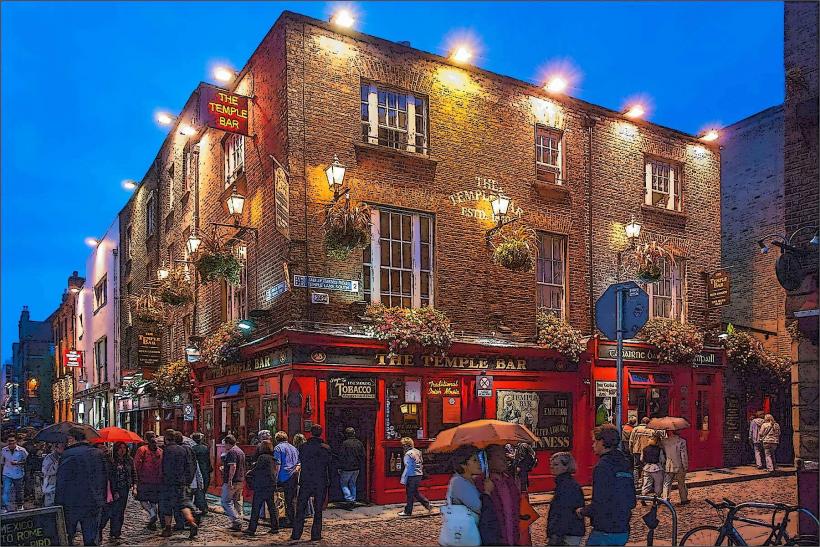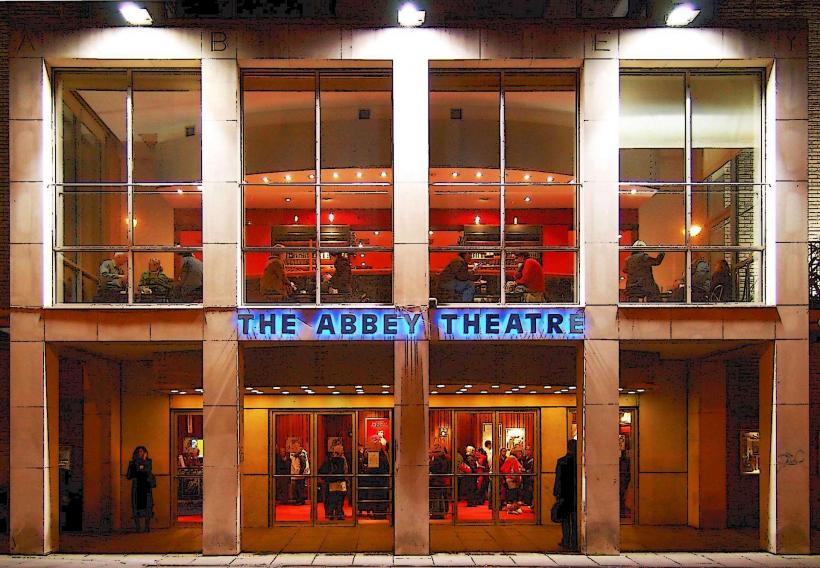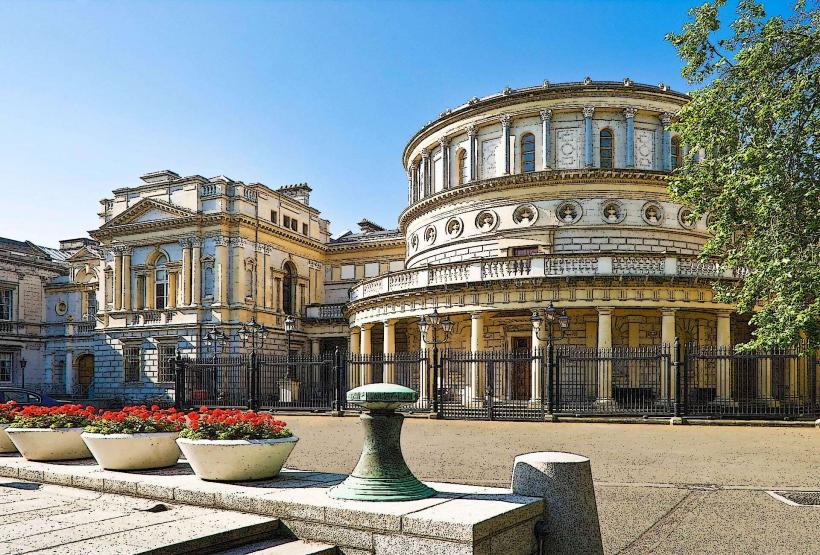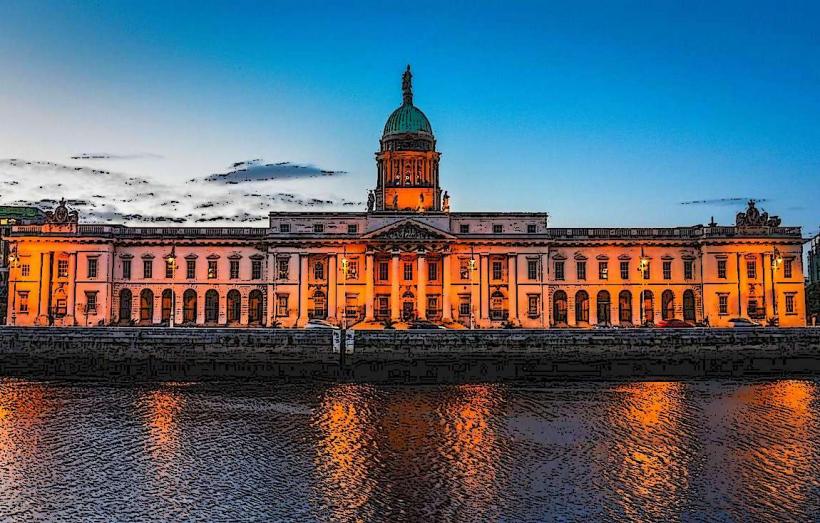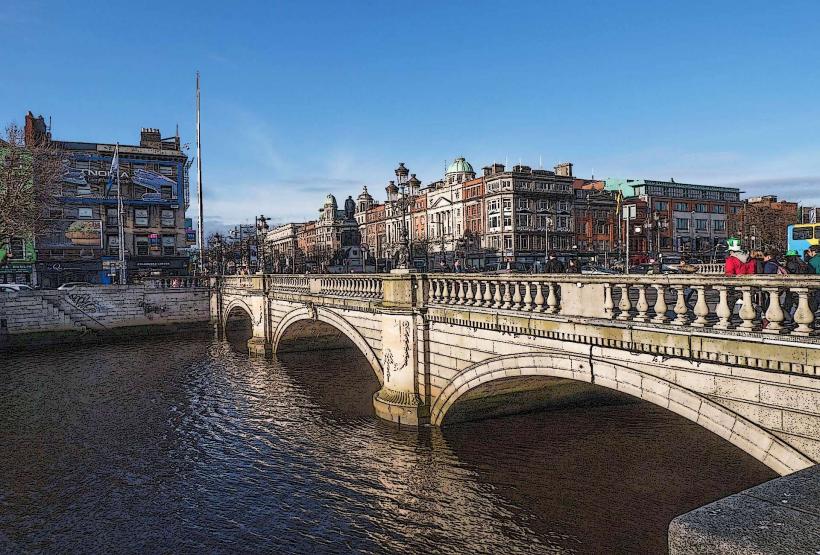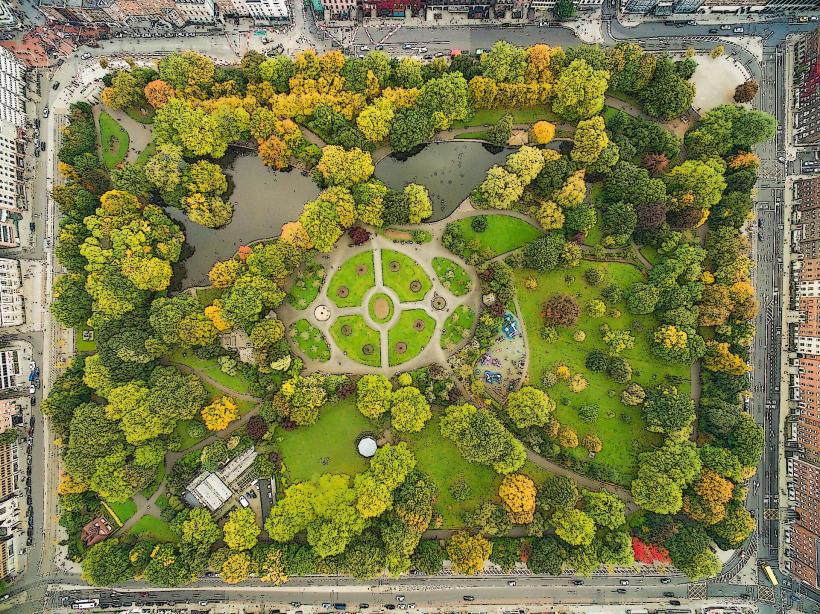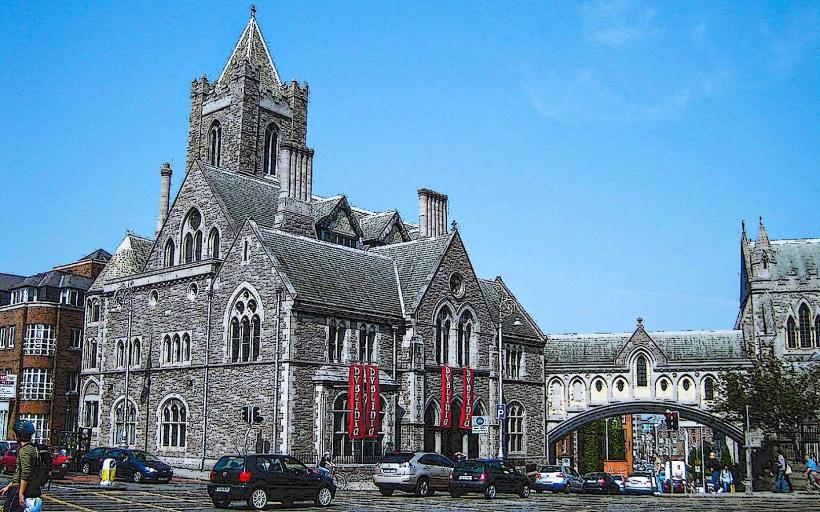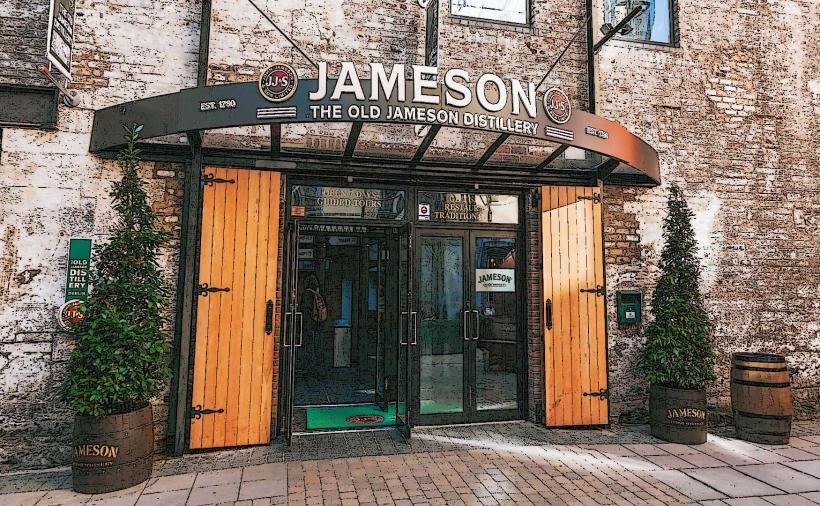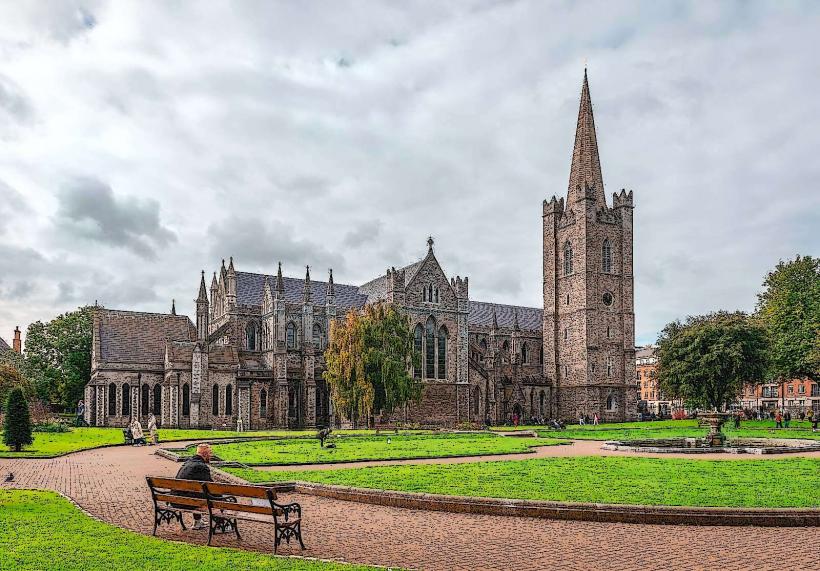Information
Landmark: Kilmainham GaolCity: Dublin
Country: Ireland
Continent: Europe
Kilmainham Gaol is one of Dublin's most significant historical landmarks, offering a deep insight into Ireland's tumultuous past. Situated in the Kilmainham district of Dublin, this former prison played a central role in Irish history, particularly in the fight for independence. Today, it serves as a museum that showcases the events and individuals connected to the prison and the struggle for Irish freedom.
History and Role in Irish History
Construction and Early Years:
- Kilmainham Gaol was designed by the architect Francis Johnston and opened in 1796. It was initially built to replace older prisons that were overcrowded and inadequate. The prison was designed to house both male and female prisoners, including those convicted of petty crimes, but over time it became a center for political prisoners, particularly during times of civil unrest.
- The prison was one of the largest in Ireland at the time and was built with an emphasis on reformative penal methods, influenced by the quaker-inspired ideas of the period, which emphasized solitary confinement and religious contemplation.
Political Prison:
- Over the years, Kilmainham Gaol became notorious for housing Irish revolutionaries who were involved in various uprisings and movements against British rule.
- The most significant period in the prison’s history occurred during the late 19th and early 20th centuries when it became the site of the imprisonment and execution of Irish nationalists. Many of the key figures in Ireland’s struggle for independence, including those involved in the Easter Rising of 1916, were held here.
The Easter Rising:
- Kilmainham Gaol is perhaps most famously linked with the Easter Rising of 1916, a key event in Ireland's journey to independence. After the failed rebellion, many of the leaders of the uprising, including James Connolly, Patrick Pearse, Joseph Plunkett, and Thomas Clarke, were executed by firing squad at the prison.
- The execution of these leaders marked a turning point in Irish history and fueled the nationalist movement, ultimately leading to the establishment of the Irish Free State in 1922. Kilmainham Gaol became a symbol of resistance and sacrifice in the face of British colonial rule.
Decline and Closure:
- The prison continued to function into the 20th century, but by the 1920s, it became outdated, and its conditions were considered increasingly inhumane. The growing prison population, coupled with outdated facilities, led to its eventual closure in 1924.
- Following its closure, the building fell into disrepair and was at risk of demolition. However, in the 1960s, efforts were made to preserve the building, and in 1968, Kilmainham Gaol was opened to the public as a museum.
Architectural Features
Design:
- Kilmainham Gaol was designed in the classical style with an emphasis on symmetry and the use of natural light. The main building is arranged around a large central circular hall, with a skylight above.
- The prison’s cell blocks were designed to house prisoners in a single large open space, with cells placed around the edges of the room, in what was known as the panopticon design, which was believed to improve surveillance and control.
- The architecture of the Gaol, with its imposing walls and stark, minimalistic cells, reflects the harsh penal practices of the era.
Notable Features:
- The main hall, with its high ceilings and open-plan design, is one of the most striking features of the building. This is where many political prisoners were held in isolation.
- Cell doors from the prison remain intact, along with descriptions of prisoners’ experiences and the conditions they faced.
Kilmainham Gaol as a Museum
Museum and Visitor Experience:
- Today, Kilmainham Gaol operates as a museum and historical site, offering visitors a chance to explore the complex history of the prison and its role in Ireland's fight for independence.
- Guided tours of the prison take visitors through the various cell blocks, courtyards, and execution yards where famous political prisoners were held. The museum also hosts exhibitions related to the history of Irish nationalism, the Easter Rising, and the prison’s role in the political landscape of Ireland.
Historical Significance:
- The museum offers a profound connection to Ireland's fight for independence and the cost of revolution, with artifacts, personal stories, and historical accounts highlighting the struggles faced by the Irish people during British rule.
- Exhibits include a timeline of the prison's history, letters and personal belongings of some of the notable figures who were held there, as well as a collection of historical documents related to the Irish rebellion movements.
Cultural Impact:
- Kilmainham Gaol has become a symbol of Irish resilience and the sacrifice of those who fought for freedom. It continues to be a place of reflection on Ireland’s journey from colonial rule to independence.
- The site is also popular in Irish culture and has appeared in various films, most famously in "The Italian Job" (2003), where it was used as a filming location.
Conclusion
Kilmainham Gaol stands as a testament to Ireland’s rich and often painful history. Its role as a holding place for political prisoners and as the final resting place for many Irish martyrs makes it one of the most important historical sites in Dublin. Today, it offers a powerful experience for those seeking to understand Ireland's journey to independence and the sacrifices made along the way. The Gaol remains a poignant reminder of the cost of freedom, providing visitors with both a deep historical perspective and a sense of connection to Ireland’s past.

